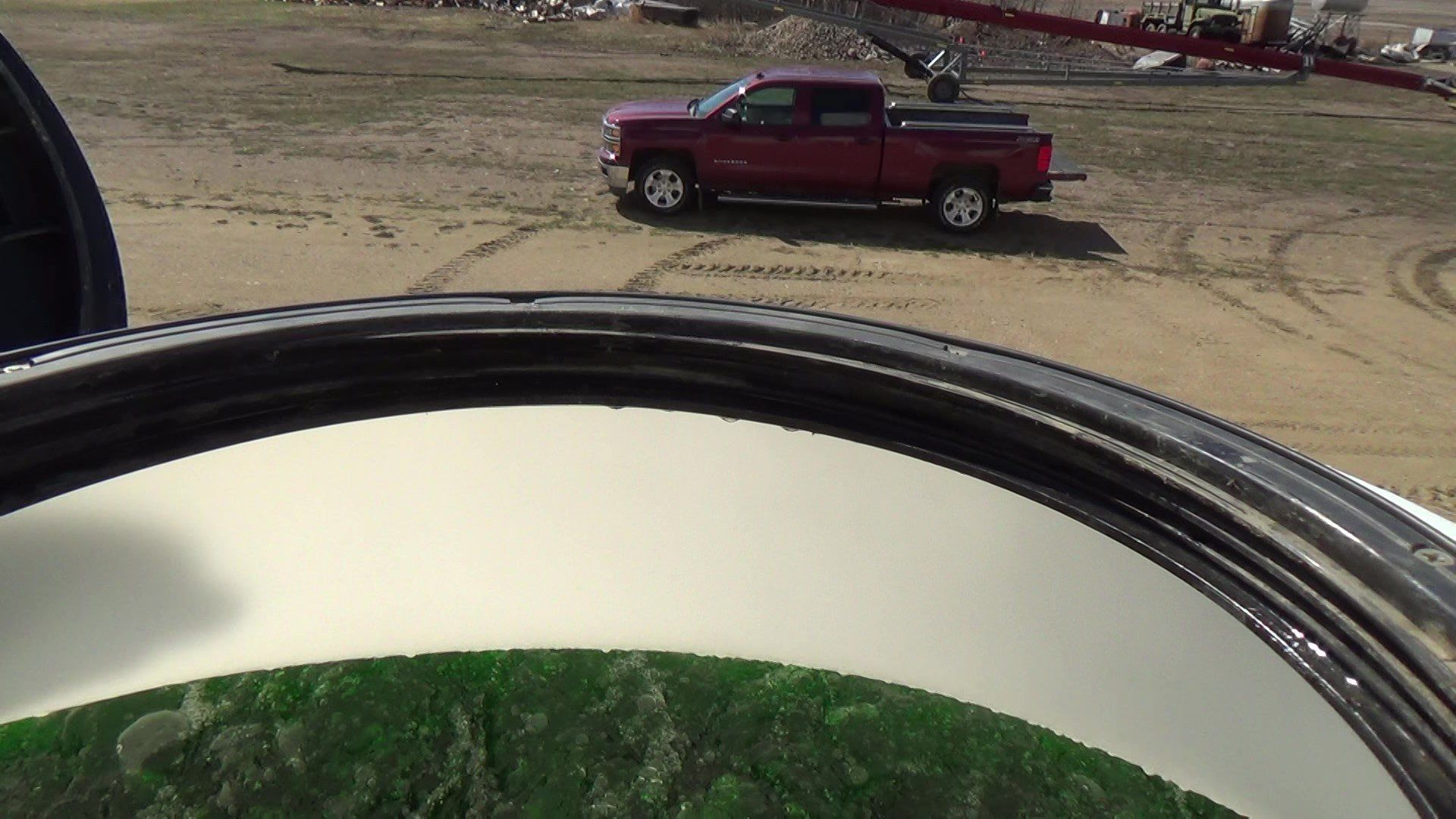Spring Cleaning: Guidelines & Recommendations
These are general recommendations. Please consult with your NACHURS District Sales Manager or Agronomist for additional/specific recommendations.
Stored Liquid Fertilizer Product
If you have stored NACHURS liquid fertilizer over the winter there are a couple steps that should be performed to make sure that the stored product is ready for spring use.
- Introduce air into the bottom of the tank and “bubble” the tank to circulate the product inside; there is no time limit for agitation by bubbling.
- You can introduce new/fresh product into your tank if space allows to mix the existing product in the tank.
Tank Cleaning Recommendations
When converting existing UAN (28% - 32%) tanks, ammonium polyphosphate tanks (10-34-0) or a tank that has ever stored any foreign material NACHURS suggests the following tank cleaning guidelines to prepare you for your new load of NACHURS N-P-K products:
NACHURS N-P-K products can be stored in the following makes of tanks:
- Stainless steel
- Poly
- Mild steel (that are compatible with fertilizer)
- Fiberglass
- NO aluminum tanks
- Aqua-Tech products require poly and fiberglass tank storage ONLY
- Drain all material out of the existing tank.
- Open cleaning man holes on the tanks and completely clean out any solid materials off of bottom of the tank. Some stored products will have solid material on bottom of the tank that has settled out in time.
- After cleaning settled out materials and additional liquid in the tank:
- Completely FLUSH out tanks, lines and pumps with water.
- Rinse/wash with water the inside walls of the storage tanks especially UAN (28% - 32%) tanks.
- We recommend to DEDICATE a separate pump and line for your NACHURS N-P-K products:
- Prevents any contamination issues or problems
- Peace of mind that you are giving the highest quality and safest product to your customers
Tanker Transport Preparation Guidelines
The purpose of these guidelines is to provide our customers the cleanest, highest quality N-P-K products that they have ordered and expect. Tanker transporters haul many different materials and for those preparing to transport NACHURS N-P-K liquid fertilizers we suggest the following tanker cleaning guidelines:
SAFETY FIRST
Please follow all safety guidelines/procedures when cleaning your tankers or when entering any confined spaces:
- Drain all existing material out of:
- Tanks
- Hoses and pumps
- Completely clean out any solid materials off of bottom of the tank.
- Hauling some materials for a period of time may settle.
- After cleaning settled out materials and additional liquid in the tank, especially if you have been transporting UAN (28% - 32%) materials:
- Completely FLUSH out tanks, lines, and pumps with water and drain.
- Not having contamination issues or problems.
- Gives both your customers and NACHURS the highest quality product and trucking service that they expect.
- Peace of mind for future deliveries with your transport service.













